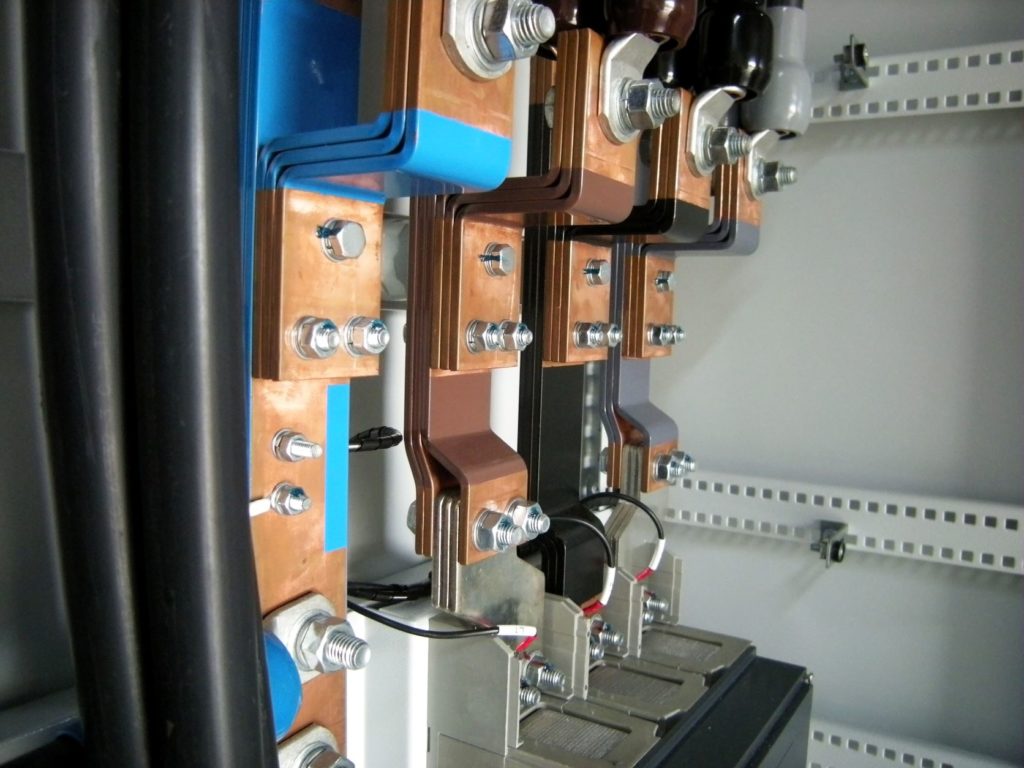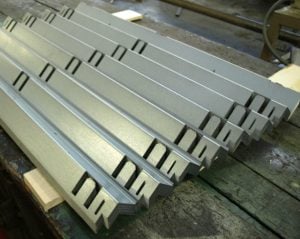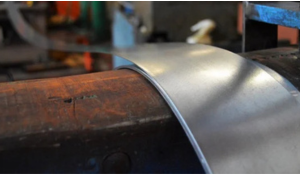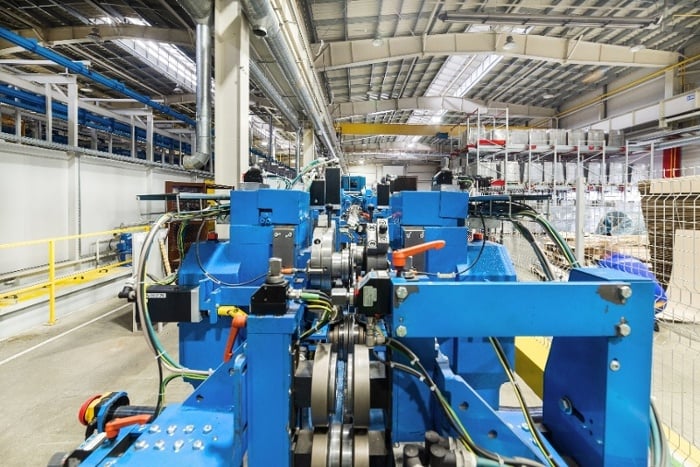Think of a data center filled with servers that hold data for the largest corporations.
Or, imagine a hospital filled with life-saving medical equipment.
Picture a commercial retail outlet with its registers and electronic displays.
What connects these places? The power distribution system is a vital infrastructure for all of them.
Roll Forming for Power Distribution Systems
Power distribution systems are highly proprietary and require thousands of feet of metal components per project. Consequently, custom roll formed parts are critical in both current-carrying and non-current-carrying equipment. These long and slender metal parts are perfect for roll forming.
Cable trays and wire raceways are often made of galvanized steel. Steel is structurally sound and conductive, enabling the part to be grounded. Roll forming machines can handle bare or prepainted steel. Busbars are made of copper or aluminum.
Dahlstrom Roll Form creates proprietary profiles that carry current and accept mating parts.
WHY DAHLSTROM?
Dahlstrom Roll Form has created superior custom roll formed products since 1904.
Along with consistently producing the highest-quality components in an ISO 9001:2015 facility, Dahlstrom offers the following services to all of our customers:
- Dedicated account managers
- Personalized quarterly reviews
- 99% on-time delivery commitment
- Custom vendor-managed inventory
- Expert tool design & part optimization
- Pass-through raw material pricing
- Tailored packaging & logistics
- Minor assembly & washing
Learn how roll forming can help your industry. Fill out the form:
Roll Forming Advantages
Power distribution systems need a high volume of long, slender parts, which is roll forming’s specialty. Roll forming is a highly repeatable process. Once the tooling is in place, roll forming produces components more consistently than other metal shaping processes, even over long runs.
Why should you consider roll forming for power distribution components? Roll forming can fabricate parts with:
- Huge volumes
- Tolerance control
- Complex profiles
- Specialized materials like tin-plated copper
- Inline punching for accepting mating parts
- Tricky hole patterns
Hole punching, bending, and cutting to length can easily fit into one continuous process rather than separate steps. Roll forming is a more cost-effective and productive method in all these cases.





